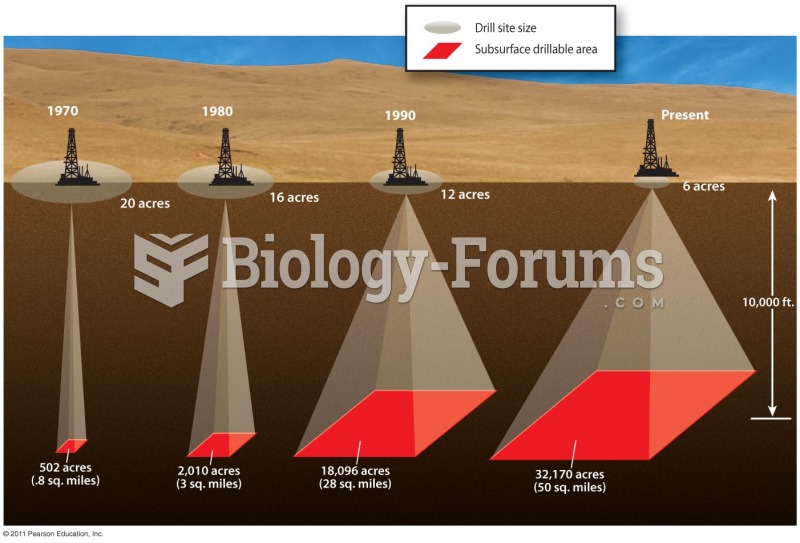Answer to Question 1
The answers for this question can be numerous.
Control techniques are imperative because incidents of employee theft and misuse can be a frequent problem at the bar. Possibly the most vital system used to control bar costs is having some form of standardized portion controlthe necessary factor to achieve desired profit margins.
Have a Vision for the Beverage Menu
Institute Control Systems
Consider the Frequency of Ordering
Implement Standardized Recipes
Cost-out Recipes and Formulas
Set accurate and appropriate selling prices
Utilize Portion Control Measures
Prohibit Bartenders from Reconciling their Own Drawer
Practice Inventory Management
Don't Allow Bartenders to Participate in the Physical Inventory Process
Create Tip Jar Procedures
Require Managerial Approval of Complimentary Items
Require Bartenders to Verify Cash Drawer Count
Incorporate Secret Shoppers and Spotters
Answer to Question 2
Ensuring Stable Environmental Conditions To maintain optimal conditions, wine and beer must be stored according to some basic guidelines. In rough order of importance, there are five primary approached to consider when beverages are being stored: 1) light, 2) vibrations, 3) temperature, 4) humidity, and 5) placement:
Light Ideally, wine and beer should be stored in a dark location or, at the least, in minimal direct and indirect light. Over a period of prolonged exposure to light (weeks to months), chemical changes may occur and alter the aroma, flavor, and taste of beer and wine.
Vibrations Beer and wine should be stored in a quiet location. Constant vibrations may cause chemical changes that alter the aroma, flavor, and taste of both products.
Temperature Ideally, beer and wine should be stored at a consistent temperature of 55F. The beverages are relatively stable even if temperatures vary gradually within a small range. However, quick changes or prolonged warm temperatures may damage them. Temperature becomes more important the lengthier period of time that wine and beer will be stored. Wine evolves best at a consistent temperature between 55 and 62F. The lower end of the temperature range slows down a wine's development, and the higher end speeds up development. If wine is stored for a short period and used within a couple of months, then a room temperature of 72F would be adequate. A basement, closet, refrigerator, or, even better, a cooler will suffice, as long as it is absent from extreme temperature swings.
Humidity Humidity is an important consideration for wine and beer that are sealed with a cork closure. Particularly in medium- to long-term storage situations, humidity may become a problem. A relatively high level of humidity of 7075 percent would be ideal. If wine and beer are stored in an environment with lower humidity, there is a risk of corks drying out and allowing oxygen to enter and spoil them. If humidity levels are much higher than 7075 percent, there are the risks of a moldy cork and the bottle's label easily ripping or peeling away.
Placement All spirits and any wine sealed with screw-caps can be stored upright, and beer is stored in cases until further use. All wine and beer that is sealed through the use of a cork should be stored on their sidesallowing the cork to remain in contact with the liquid and maintain a moist, swollen state forming a proper seal at all times during storage. Wine stored in cold temperatures (i.e., refrigerated) may survive unaffected while standing on its base for longer periods. For short-term storage (days to weeks), the cork won't







